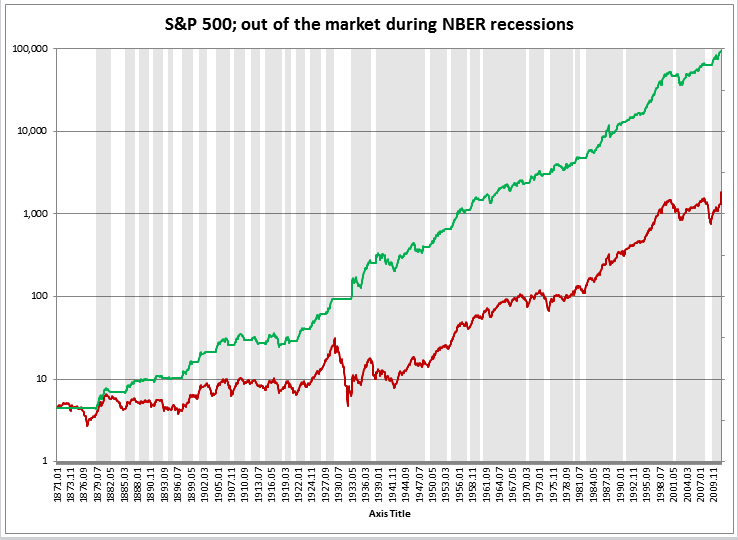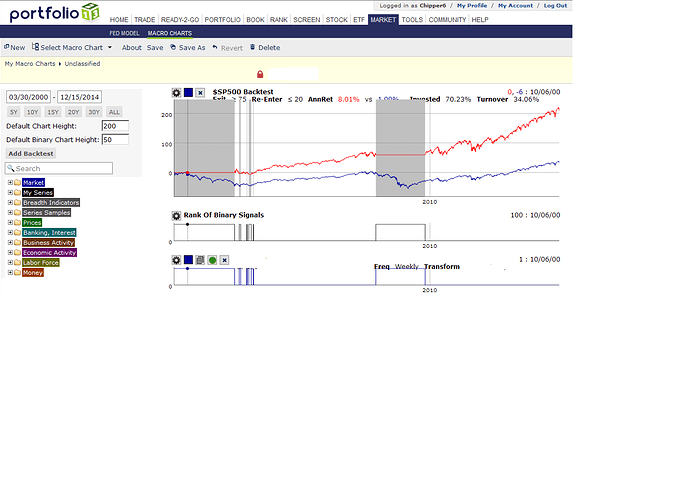My take on the oil situation is that the price will probably bottom out around $25-$30 per barrel. After all it descended down to $30 for a short period of time around 2009 after spiking to $150. Also the price was as low as $10 per barrel back in the 1990s. Factoring in inflation, $25 per barrel seems reasonable. There is no shortage of oil. The dropping price is all driven by Saudi Arabia. Other countries don’t have the financial reserves that Saudi Arabia has. They have debts to service and have to sell their oil at any price. There will likely be sovereign defaults along the way down.
So what does this mean for the USA?
Let’s keep in mind that almost all of the economic recovery in the USA has been energy-related. 93% of the jobs created have been in the energy industry. We can expect that those jobs plus more in the energy industry will be lost. The keystone pipeline will be cancelled, the Athabaska Oil Sands (in Canada of course) will be put on hold (not the first time). The fracking industry in the USA will in all likelihood cease to exist. Green energy projects will also take a major hit. This is the gloomy side of things.
However, as noted by Chipper, lower oil prices are good for the economy. So we should get the rebound that was expected in 2009. Back then the recovery was thwarted by the high price of oil. Europe will eventually recover from being cut-off from Russian gas so the picture will (eventually) improve. China will also benefit as America recovers - low shipping costs (due to low energy price) will be a big boost.
Much of the current sell-off could be tax-related. So we need to see if there will be a quick recovery in early 2015.
Why is Saudi Arabia flooding the market?
The most obvious answer is that they are protecting their market share in the presence of American fracking and green energy coming on-line.
However, there may be a less obvious reason. After the second world war, USA and Saudi Arabia made an agreement that the USA would protect Saudi Arabia in exchange for use of the US dollar for all oil trades. As I understand, this is extremely important for the USA. When the British Pound lost its status as the international currency reserve, their economy suffered for decades. The same could happen in the USA if the dollar lost its status.
So here we are, with ISIS breathing down the necks of many Islamic countries and Saudi Arabia in their sights. And on the other hand, agreements are being made between Russia, China and other countries to trade oil in their own currencies. Can you see what I am thinking? The low oil price makes such agreements between Russia and China meaningless, because they can’t deliver oil at that price. This in effect protects the status of the US dollar. It isn’t being said, but I believe that the lower oil price is being coordinated between the Saudi’s and the USA. Saudi Arabia needs the USA as no other country can protect them from ISIS. USA needs Saudi Arabia for protection of the US dollar status.
Steve


